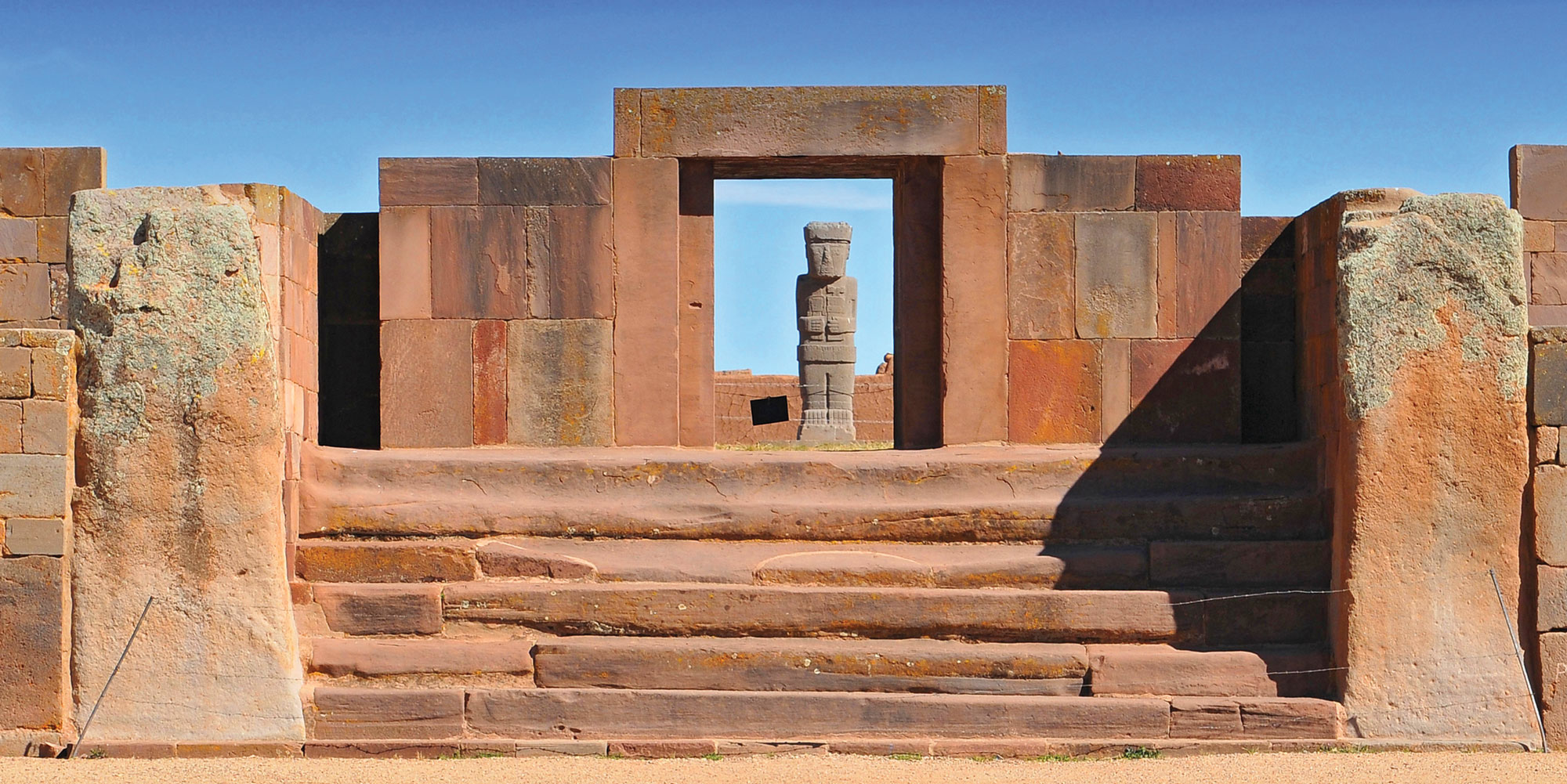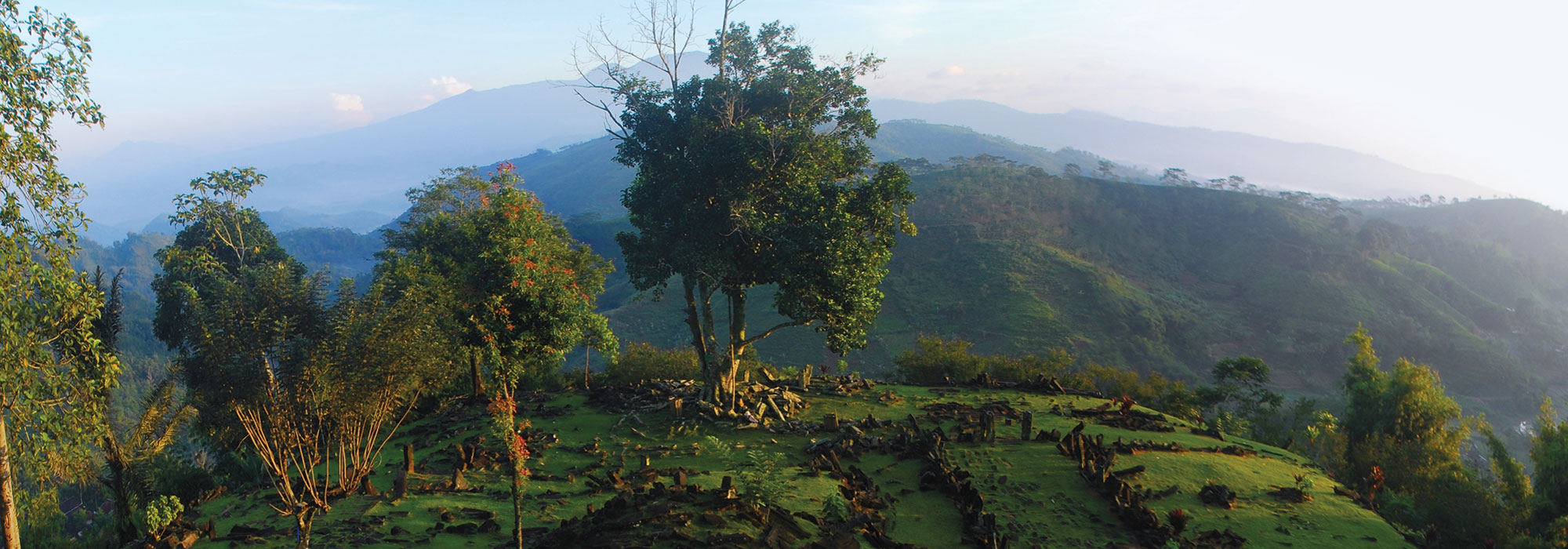MUREŞ COUNTY, HUNGARY—Hungary Today reports that Koppány Bulcsú Ötvös of Romania’s Mureş County Museum and his colleagues found the location of the Battle of Segesvár, which concluded on July 31, 1849. The Russian army won the battle, while the Hungarian revolutionary army lost some 1,300 soldiers, including the Hungarian national poet, Sándor Petőfi. After this defeat and several others, the Hungarians surrendered to the Russians on August 13, 1849. The search for the battlefield, conducted with metal detectors, uncovered some 400 cannonballs and other military equipment, and pinpointed the positions of the Russian and Hungarian armies. “With accurate reference points, we have reconstructed the course of the battle and clarified events that were previously known only from conflicting memoirs,” Ötvös said. The artifacts recovered during the project will be displayed in a new wing at the Sándor Petőfi Memorial Museum, he concluded. To read about excavations of a Cossack stronghold that was destroyed in the early eighteenth century, go to "Ukraine's Lost Capital."
Battlefield From Hungarian Revolution of 1848 Found in Romania
News July 31, 2024
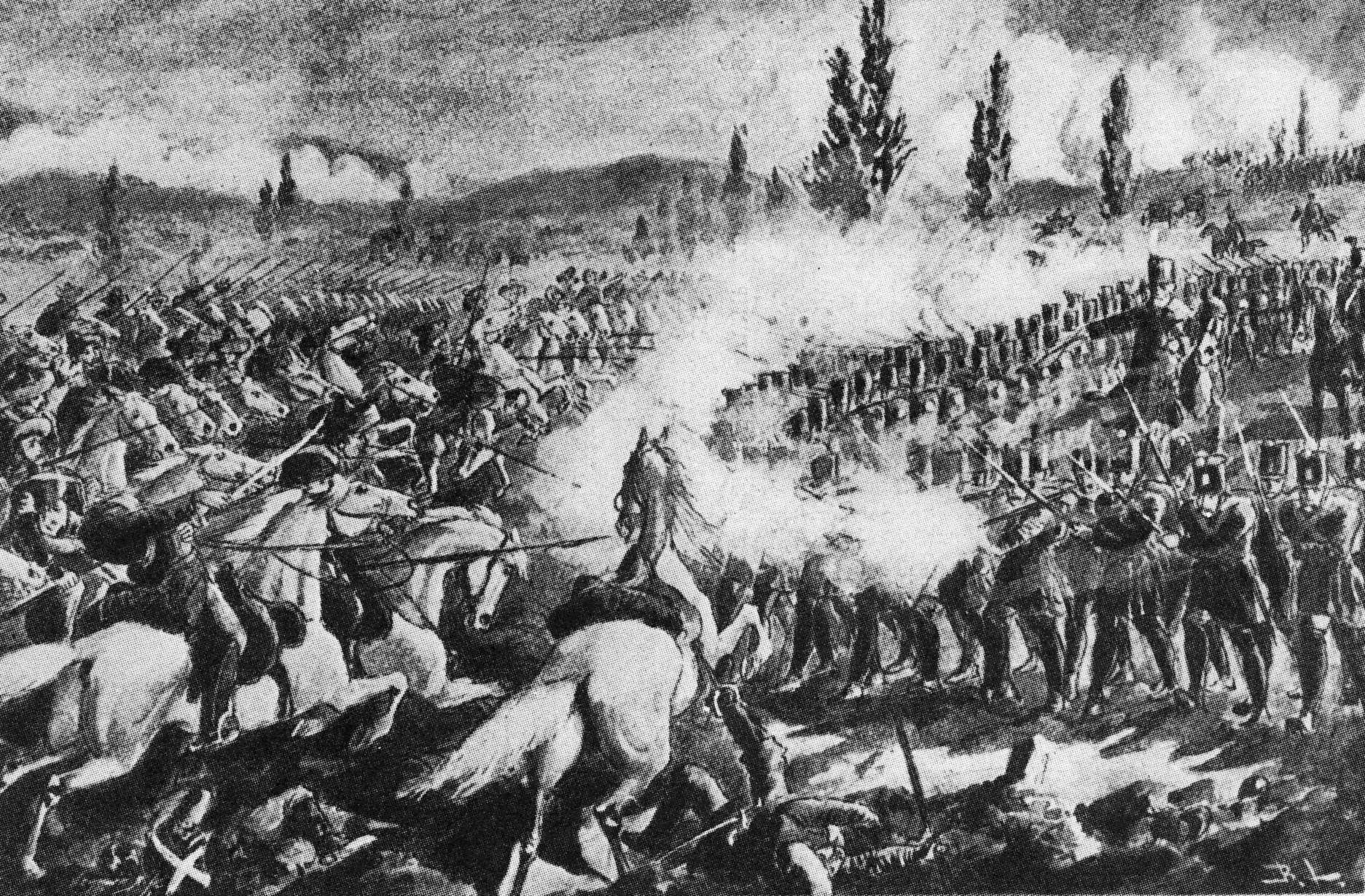
Recommended Articles
Top 10 Discoveries of 2025 January/February 2026
The First Indo-European Speakers
Eastern Ukraine and Southern Russia

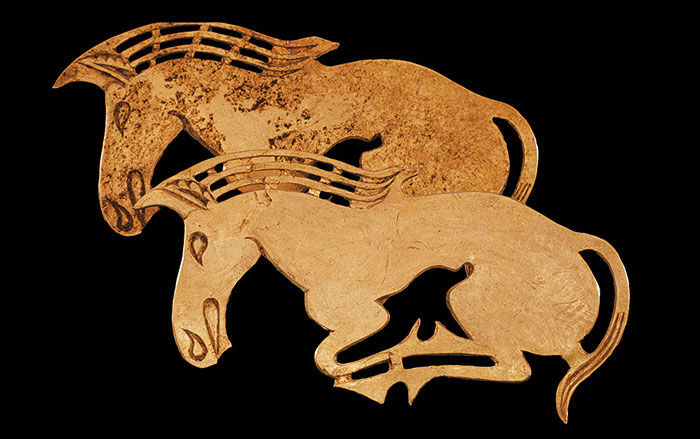
Digs & Discoveries November/December 2024
Nineteenth-Century Booze Cruise
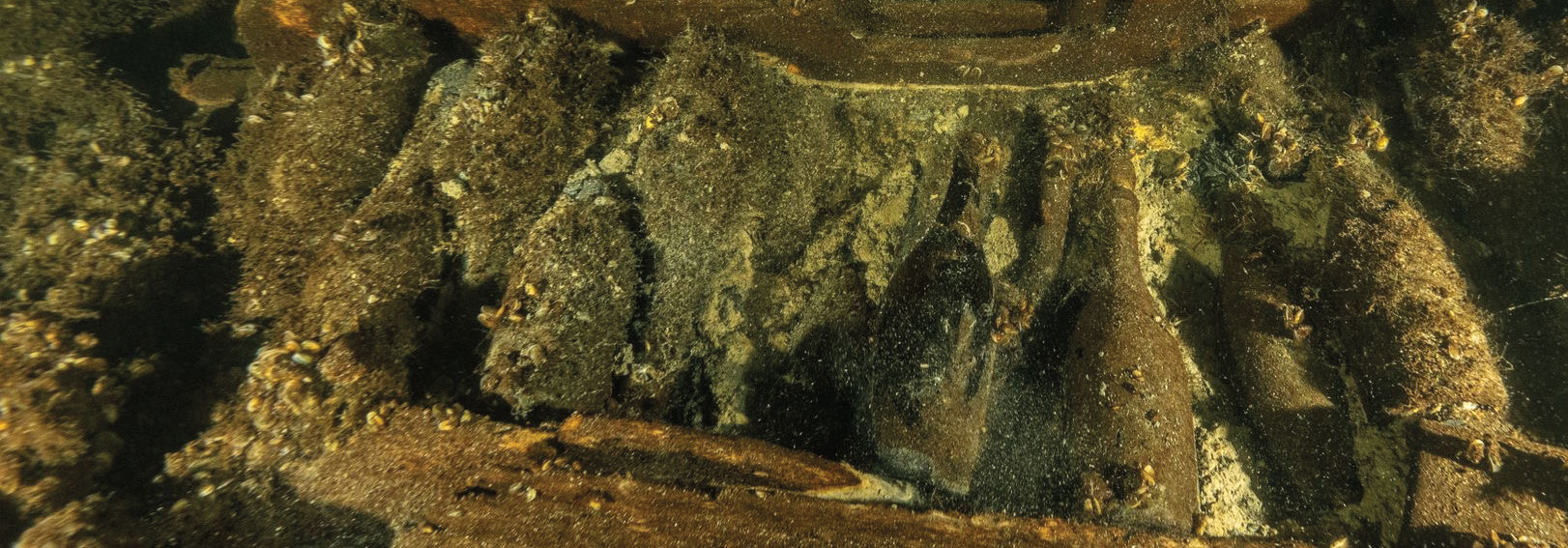
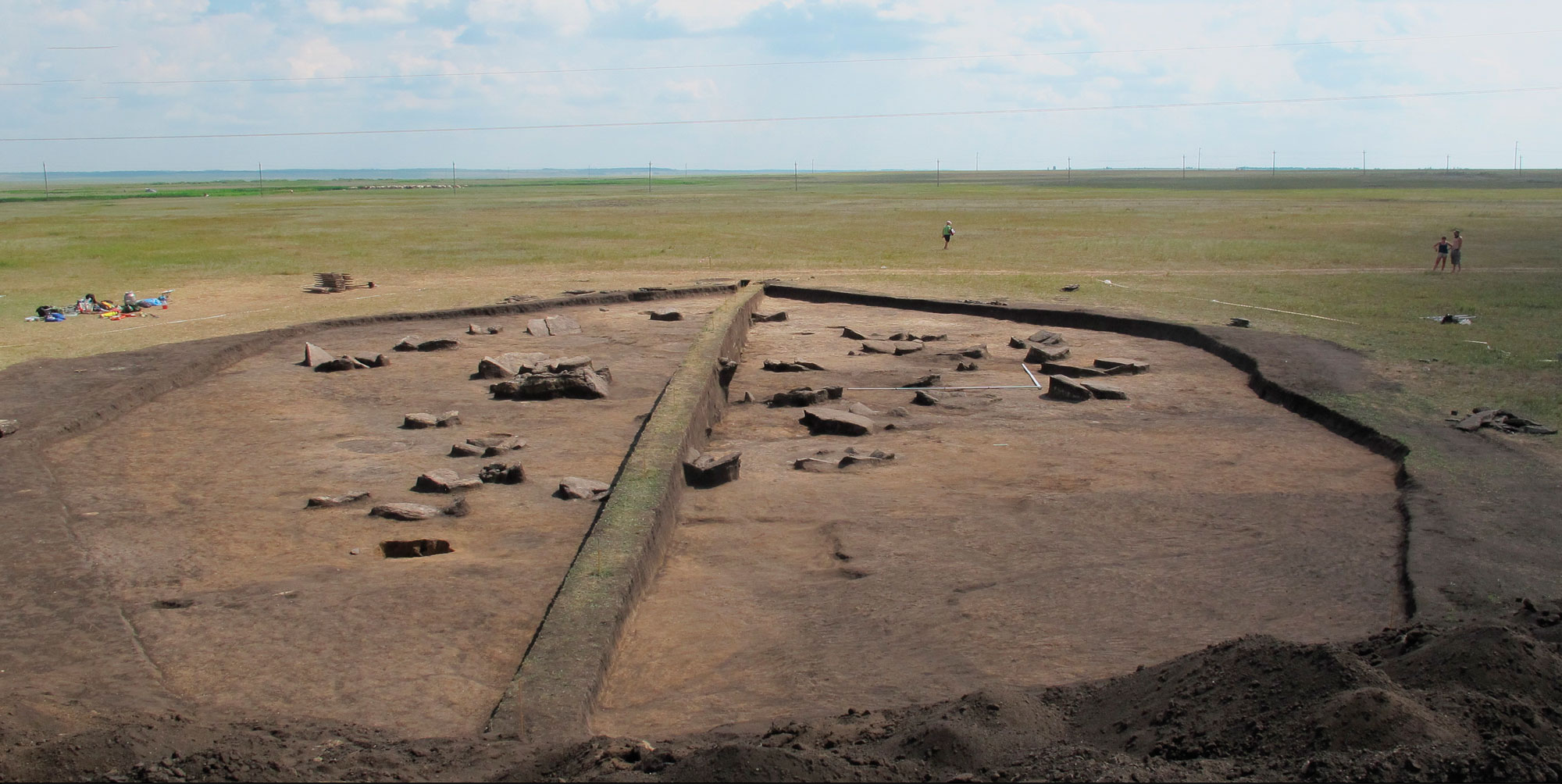
-
Features July/August 2024
The Assyrian Renaissance
Archaeologists return to Nineveh in northern Iraq, one of the ancient world’s grandest imperial capitals
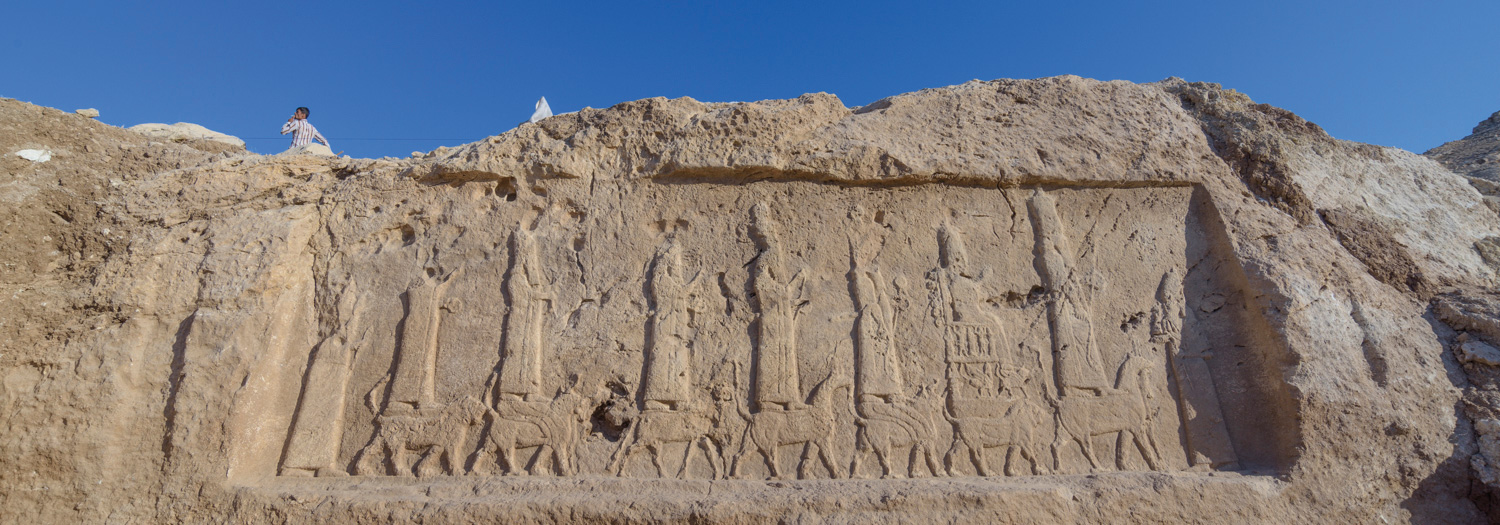 (Land of Nineveh Archaeological Project)
(Land of Nineveh Archaeological Project) -
Features July/August 2024
A Dynasty Born in Fire
How an upstart Maya king forged a new social order amid chaos
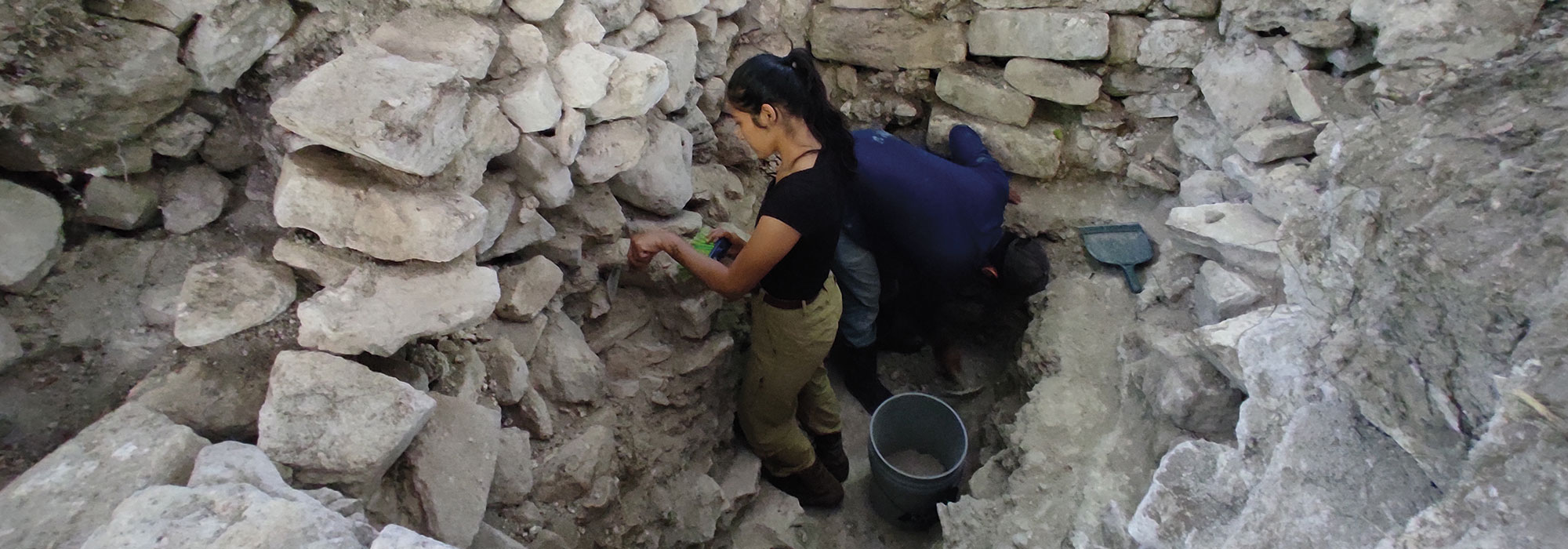 (Courtesy Proyecto Arqueológico Ucanal)
(Courtesy Proyecto Arqueológico Ucanal) -
Features July/August 2024
Making a Roman Emperor
A newly discovered monumental arch in Serbia reveals a family’s rise to power in the late second century a.d.
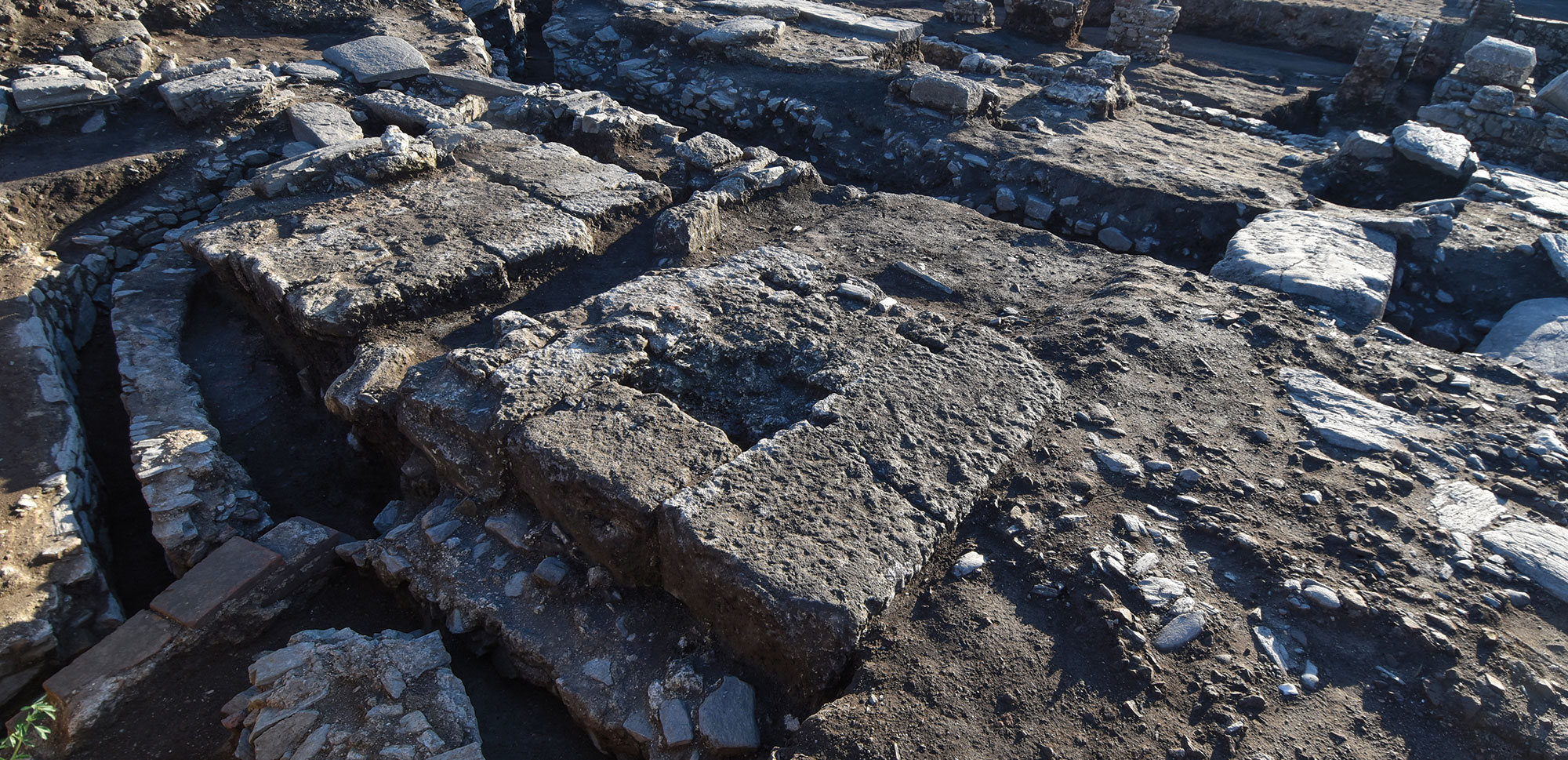 (Serbia’s Institute of Archaeology)
(Serbia’s Institute of Archaeology) -
Features July/August 2024
Rise and Fall of Tiwanaku
New dating techniques are unraveling the mystery of a sacred Andean city
